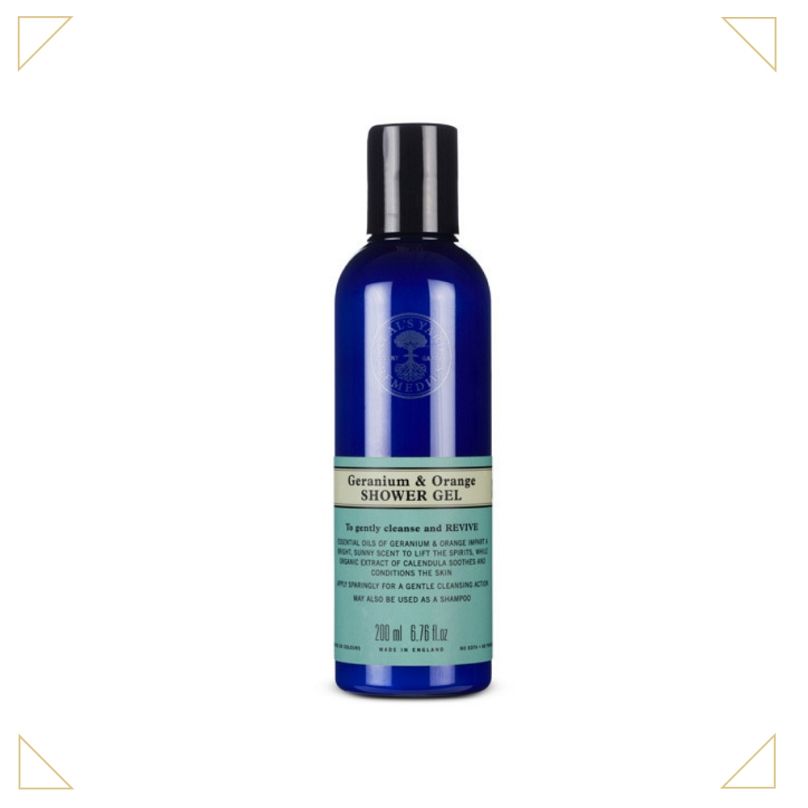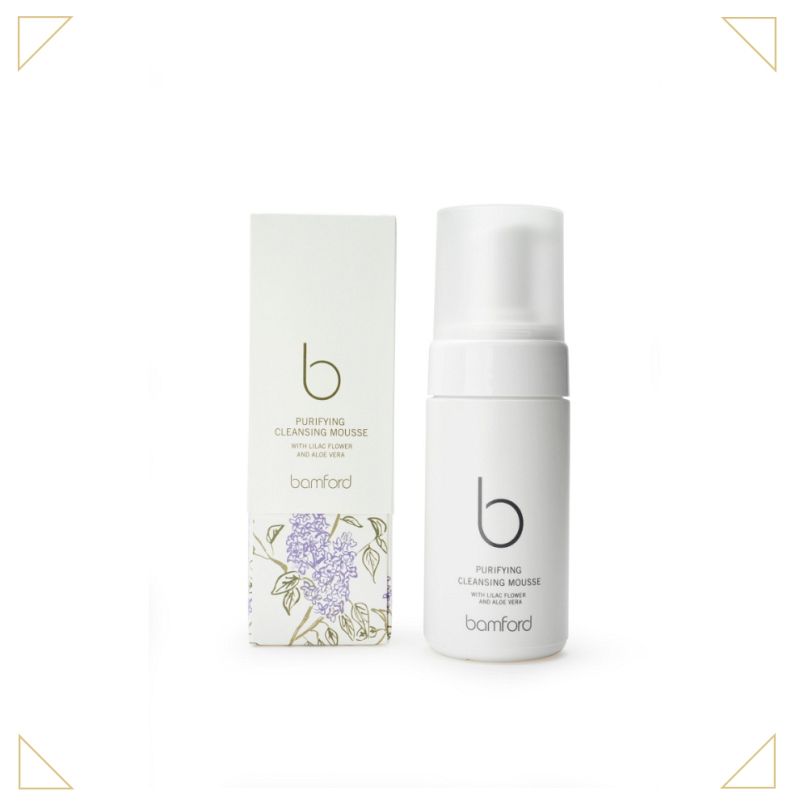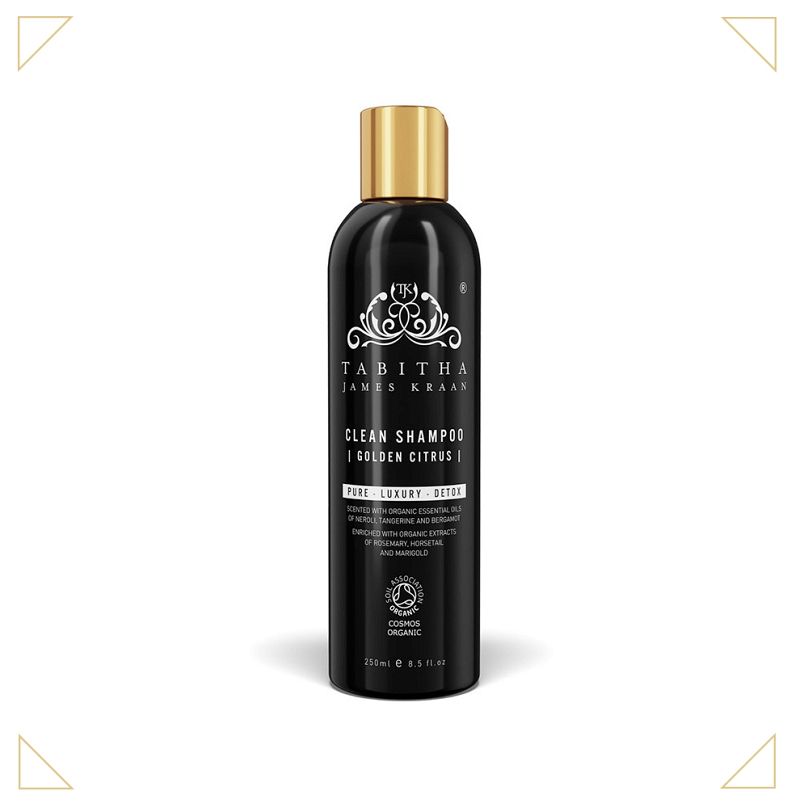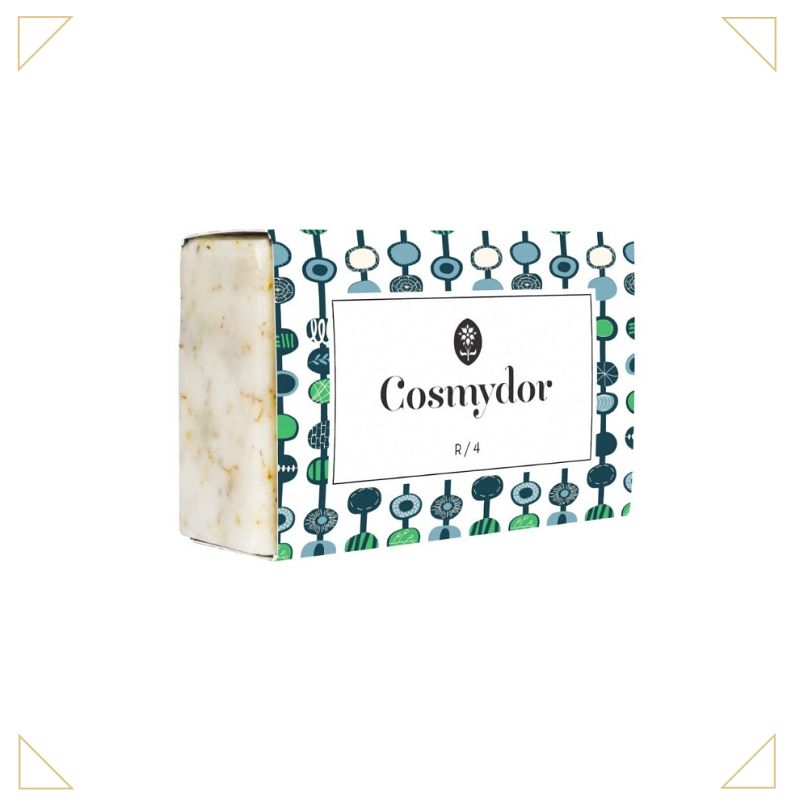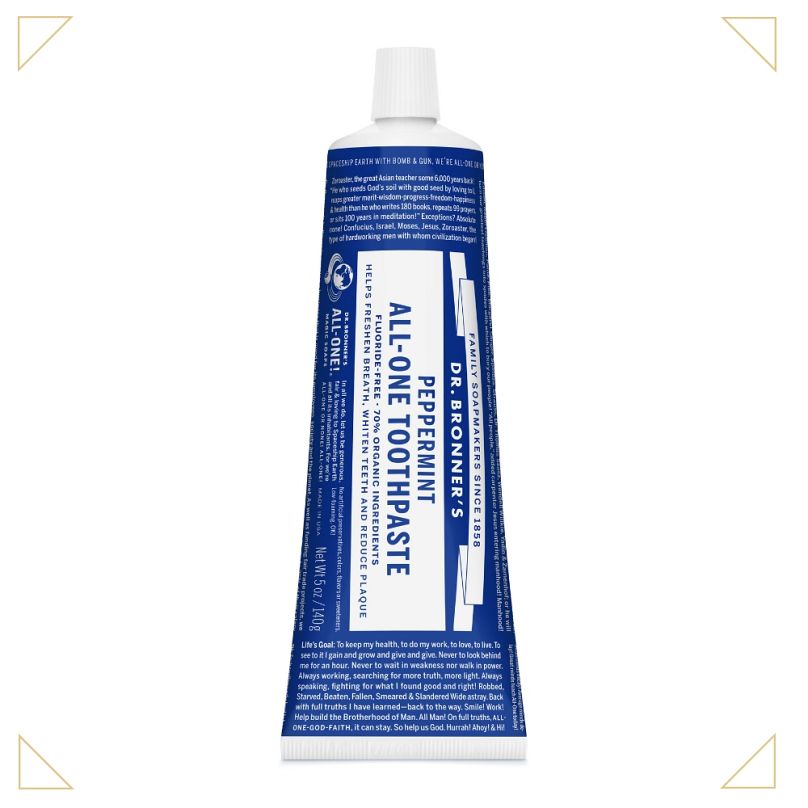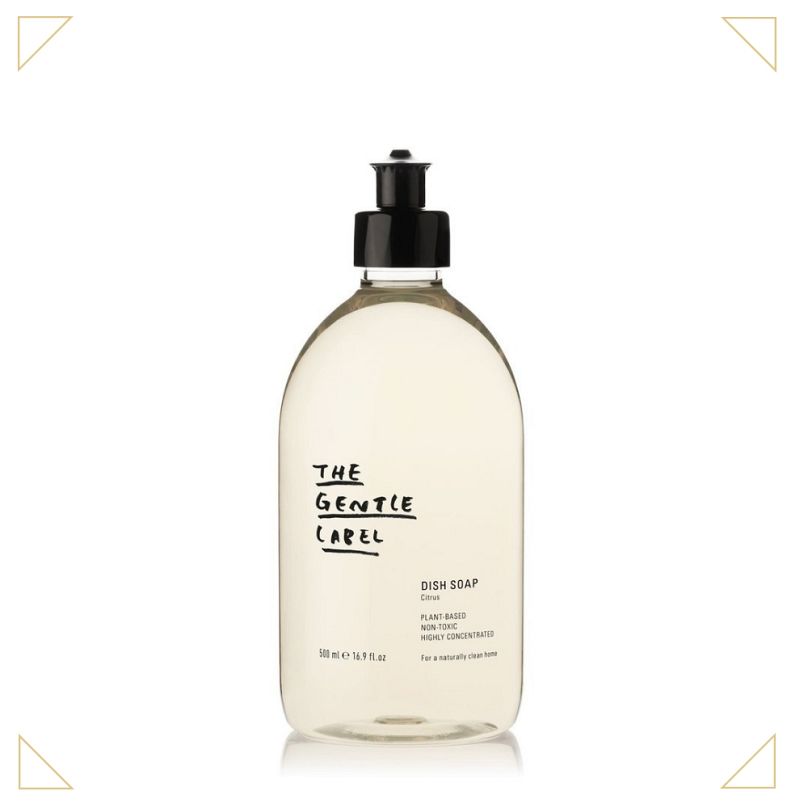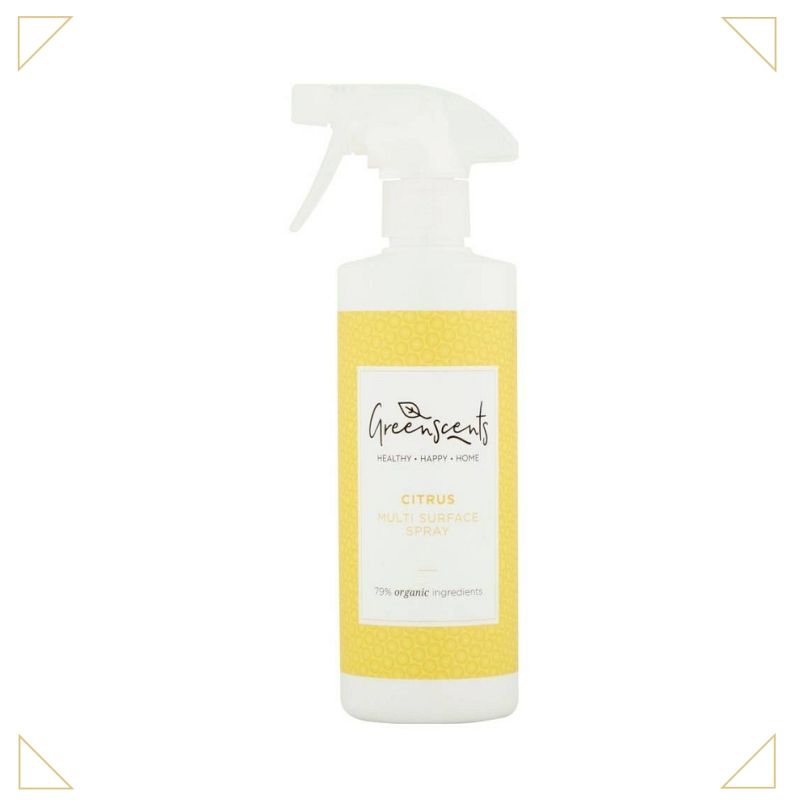Experts share tips on how to shop for clean beauty products. Plus our favourite products.
We bet that you are already doing your bit to protect our planet by reducing the amount of plastic you use. Steps like opting for multi-use products, buying refillables, and improving the way you recycle, are all excellent ways to support the earth’s infrastructure.
However, you could be unknowingly washing plastic down your plughole. As many popular cleansing formulas can contain hidden liquid plastics, which are harmful to our oceans.
Copolymers and synthetic polymers, like PEGS (polyethylene glycols) and carbomer, are man-made chemicals that are usually used to thicken substances like shampoo or shower gel and when washed down a shower or sink, these plastic based components can slide off your hair or skin and trickle down into our oceans.
Gulp.
Here’s how to avoid them.
Want to know which ingredients are a huge no-no? Ann Marie Skincare reveals the most common liquid plastics found in cosmetics.
Thickening & gelling polymers
These are used to increase thickness in things like shampoos, conditioners, creams, and lotions. Formulas appear more rich, smooth, and creamy. Examples include polyethylene glycols (PEGs) and carbomers.
Fixative polymers
These are the ones that help fix your hair in place. You’ll find them in sprays, lotions, gels, and foams. Examples include polyimide-1, polyquaternium-11, and PVP/VA copolymers.
Conditioning polymers
These deposit, adhere, or absorb into the proteins of the skin and hair. They improve how skin feels and hair manageability, by making them softer and smoother. Examples include polyquaternium-6, polyquaternium-7, and polyquaternium-11.
Silicones
These are polymers that contain silicon atoms or silicates. They help protect, condition, pearlise, moisturise, thicken, and emulsify. They are also added to cleaning products to reduce the irritation of harsh surfactants.
Lisa Bronner from Dr Bronner’s advises, “Look for products that contain lots of ingredients you can pronounce and avoid the eth’s.’
Related | The best and worst of clean beauty according to a professional makeup artist
‘There is one particular group of ingredients I like to call the “-eth’s” which you will see in household cleaners and should avoid if possible. These ingredients have the syllable “-eth” somewhere in their name, for example – Sodium Laureth Sulfate (SLES), Sodium Myreth Sulfate and Polyethylene glycol (PEG). These ingredients have the potential of also containing 1,4 Dioxane, which is a harmful and toxic byproduct created during the manufacturing process which doesn’t show up on ingredient lists.
Also, watch out for quaternium compounds and urea, which release formaldehyde, a known human carcinogen, into the product as it sits on the shelf.
Which products are safe to shop?
Products that have been made with entirely natural and certified organic ingredients are going to be your safest bet says Cosmydor, “If your bar of soap is 100% natural and uses organic ingredients, then you know you’re in safe hands. So, if you feel confused it’s always best to opt for the most natural alternative.”
However, ‘we need to be intelligent shoppers when seeking out clean beauty, as there is no legal requirement for beauty brands to be completely transparent when using labels’, says, organic hairdresser, Tabitha James Kraan.
A product can still be labelled as organic, even if its organic ingredients tally up to only 1%, so Lisa Bronner advises, ‘When shopping for green cleaning products, there are quite a few labelling traps which will ensnare an unwary shopper – and their money. Words such as “natural,” “non-toxic,” “hypoallergenic,” and “organic” on their own have no regulated definition and can mean anything or nothing.
Related | Should we be afraid of endocrine disruptors in cosmetics?
Be sure to check ingredients lists rather than merely marketing claims - even with “green” products. Look for proof through certification seals such as the Soil Association seal, as these indicate credibility.
She adds, ‘It is good to use things that are close to nature: plant-based ingredients and minerals like salt and baking soda. Another easy tip is to “clean from the pantry.” If you use things that are edible, or nearly so, you know they’re going to be safe: lemon juice, soaps made from vegetable oils and essential oils.
There are three side effects of cleaning that we want to bear in mind: the vapors released into the air, the possible residues left on the surfaces, and the run-off into the environment. We want to be mindful that we aren’t damaging these three areas in our effort to clean our homes. With close-to-nature cleaners, vapors, residues, and run-off are not a problem.
3 tips for shopping clean beauty
Frustrated? Here’s how to bypass the false claims…
- See past smart marketing and always check the ingredients list to spot any of the red alert chemicals listed above.
- Do your research and get to know companies that sell organic and natural beauty and uphold a strong ethos when it comes to the environment. Some examples of this are Content Beauty, Whole Foods Market, and Planet Organic.
- Look for logos which certify organic brands, a great example is the Soil Association, which regulate all of the brands listed on their site. And seek out the COSMOS logo, which is a globally harmonised standard for organic and natural cosmetics.
Related | Harnessing the power of Amazonian plants in beauty
These are some of our favourite clean beauty buys.
Best clean body wash
Neal’s Yard Geranium & Orange Shower Gel, £14
Our favourite way to energise in the morning, this glorious shower gel uses pure ingredients like geranium and calendula extract, to both soothe the skin and uplift the soul.
Best clean cleanser
Bamford Purifying Cleansing Mousse, £50
Using 77% certified organic ingredients, this caring cleansing mousse uses calming aloe vera and plant-based ingredients, including rosemary and lilac flower extract, to soothe skin and remove impurities.
Best clean shampoo
Tabitha James Kraan Clean Golden Citrus Shampoo, £25
Certified organic, this shampoo is designed to detox cosmetic products and toxins and contains no synthetic ingredients with a 100% natural preservative system.
Best clean soap
Cosmydor R/4 Handcrafted Soap Daisy Flower And Cardamon, £11
Making a huge pledge to the planet, Cosmydor uses sustainable packaging and organic ingredients where possible. We are big fans of their products, in particular, their Cold Processed soaps, which use 90.4% natural ingredients and unheated essential oils.
Best clean toothpaste
Dr. Bronner’s Peppermint All-One Toothpaste, £7.19
One product that is guaranteed to slip down your sink, morning and night, is toothpaste. And, this brilliant non-synthetic formula from Dr. Bronner’s is also fluoride-free, vegan and contains no artificial colours, flavours, preservatives or sweeteners. Plus, it comes in a 100% recyclable box and tube.
Best clean dish soap
The Gentle Label Dish Soap, £14
It may seem a little extreme extending this amount of care to your cutlery but using a cleaner detergent for your dishes will make a considerable difference to our oceans. So, don’t be so shellfish, think of the fishes and use this non-toxic, plant-based dish soap instead. It also contains no synthetic fragrances or colours, so if you forgo the marigolds, your skin will be taken care of too.
Best clean surface spray
Greenscents Multi-Surface Spray in Citrus, £1.25-£160 (60ml-20L)
Proving home-cleaning doesn’t have to involve chemicals, Greenscents uses organic essential oils and natural ingredients to shift household grime. We particularly like that you can buy in extremely large volumes, which helps with wastage.
Words: Lydia House












